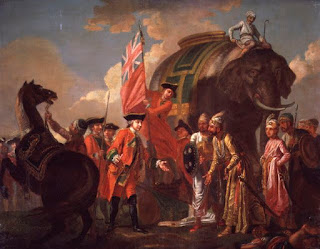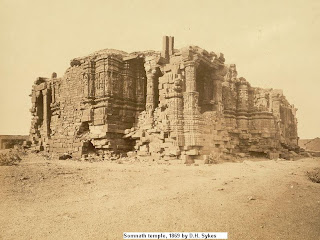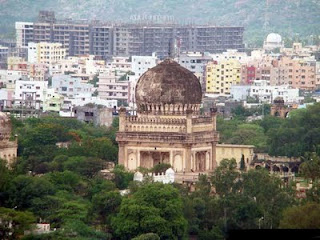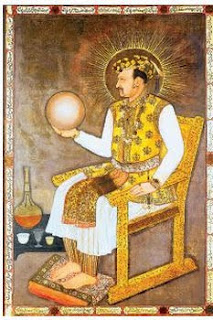Battle of Plassey

Date : June 23rd, 1757 Place: Plassey (present day Palashi ) on the Ganga in Nadia district of West Bengal Image source: commons.wikimedia.org / The battle of Plassey was fought between the army of Siraj-ud-Doula , the last independent Nawab of Bengal and the troops of the British East India Company under Robert Clive . Clive had 1100 Europeans and 200 sepoys whereas Siraj-ud-doula’s army composed of about 50,000 men strengthened by a train of heavy artillery. However about 45000 of the Nawab’s troops were under command of three traitors Mir Jafar , Yar Latif khan and Rai Durlabhram . Mir Jafar was the general of Siraj-ud-doula. A small force under Mohanlal and Mir Madan joined the battle. After Mir Madan ’s death from a stray shot, Siraj-ud-doula suspended the fight for the day on Mir Jafar’s treacherous advice. The withdrawal result in the complete disaster for the nawab’s army. Fearing his life Siraj fled from the battle. The chaos reigned supreme. The casualty on Englis






